Hello my quilting friends! Last week I received a question about storing and caring for quilts so that’s what the topic is this week! I had quite an adventure filming this, so I hope you enjoy watching the video...
Quick links to things I mentioned in this podcast:
Note: Affiliate links are included in this post at no extra cost to you that help support our business!
In last week's podcast about naming and tagging quilts, I mentioned that storing your quilts in a cedar chest isn't a good idea. Angela posted a comment to YouTube and asked - what is the proper way to store a quilt? So that’s the topic this week!
 I store the most special quilts - my show quilts, and a few of the quilts that I inherited from my grandmothers and great-grandmothers rolled onto tubes and stacked in my closet. I build each storage system uniquely for the quilt so it fits tight and takes up the least amount of space.
I store the most special quilts - my show quilts, and a few of the quilts that I inherited from my grandmothers and great-grandmothers rolled onto tubes and stacked in my closet. I build each storage system uniquely for the quilt so it fits tight and takes up the least amount of space.
Of course, not all quilts are special enough for me to store this way. The quilts I’m using daily on our beds or draped over tables or couches don’t get this special treatment. I call those quilts draggers because they can literally be dragged around the house and that’s just fine – that’s what they were made for!
But it’s good to have a solid storage system for the best quilts in your stash. This is for the quilts you want to have outlive you, or the quilts that could potentially gain in value with time. I’ve had most of the quilts in my goddess series appraised and the appraiser once told me that just like traditional artwork, having all the quilts together as a series increases the value of the series itself.
Building a Rolled Storage Tube
To make a storage tube, I first start with a pool noodle. If the quilt is longer than the noodle, I notch the ends of two noodles so they can lock together. Then I wrap the entire noodle with acid-free card stock paper. This creates a barrier between the noodle and the quilt. Without a barrier, the color in the pool noodle can leech off into your quilt.
I secure the paper around the noodle with glass head pins. Then I measure the circumference and sew a tight sleeve to wrap around the noodle completely. I stitch the end ends so the noodle is fully encased, and the paper and pins will never come out.
Making the Pillow Case Wrap
After the tube is sewn, roll your quilt onto it and measure the circumference. Add between ½ - 1 inch of wiggle room, plus another ½ inch seam allowance to create a pillowcase for your quilt.
As you can see in the video I was struggling to slip on the case because the quilt wasn't rolled as tight as it needed to be around the pool noodle tube.
Once the quilt is fully encased, I store my quilt in the closet stacked together. I make sure to keep fresh moth repelling cedar packs in the closet to keep bugs out.
Why go to all this work? The advantage of rolling a quilt is no creases. The longer a quilt stays folded, and the older the quilt becomes, the deeper those crease lines will wear. If folding is the only option for you, make sure to re-fold your quilt at least every six months to ensure the crease lines do not become worn into the quilt.
Tips for Hanging Your Quilts
I had a bit of a quilt hanging disaster in this video! A curtain rod I been using for many years finally bit the dust. I've been expecting this to break for a while and I guess I just put too much pressure on the quilt when I began rolling it up.
While this curtain rod and hook system has worked fairly well, I’ve started using a new system that I like a lot better using rare earth magnets.
Click here to find the magnets that work best for quilt hanging.
I use long galvanized metal strips from the hardware store to run through the hanging sleeve and attach to the magnets.
To connect multiple galvanized strips together, I wrap them with Amazing Tape, which is a terrific tape because it isn't sticky and adheres only to itself.
I love the way the magnets system works because the quilt hangs flatter to the wall and I can easily pop quilt on and off any time I need to.
How do you store or hang your quilt? Do you like the idea of rolling the quilts into tubes or do you prefer folding? Please share your ideas in the comments below.
Also if you have suggestions for a new podcast episode, please let me know! I'm always looking for more topics to share.
Let's go quilt,
Leah Day

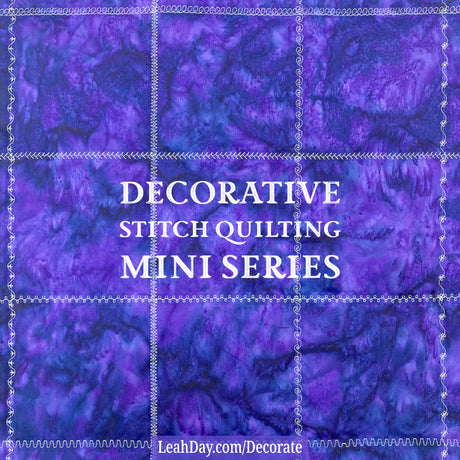

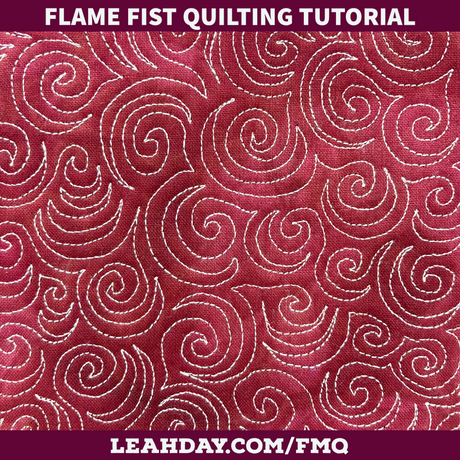

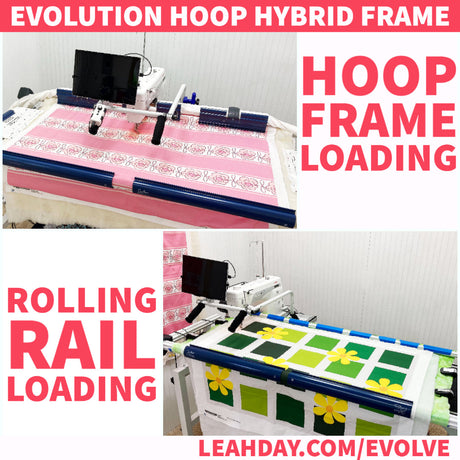
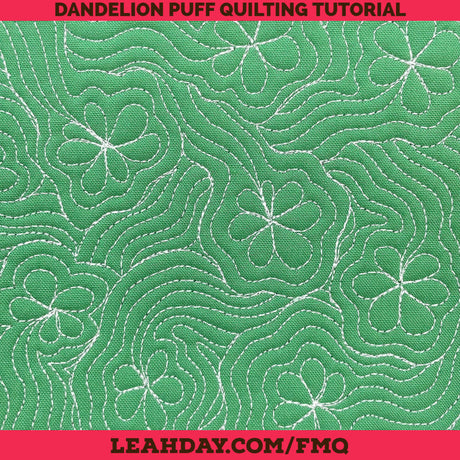
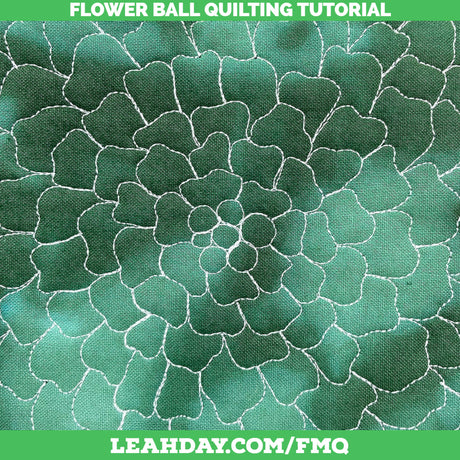
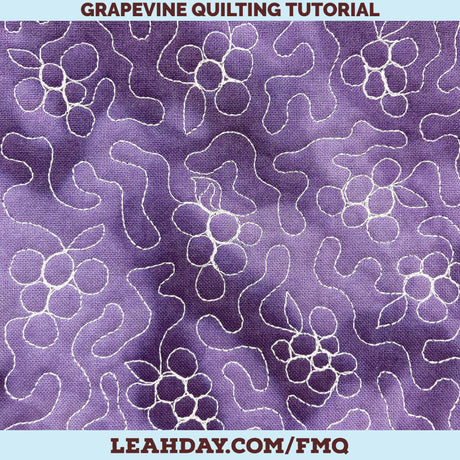

3 comments
That’s a great idea Marlyn! I like the idea of a little window to see the quilt! Also great suggestion about tying the quilt together with strips – very good idea!
On the magnets in sheetrock, I would look for anchor / screw combo packs where you get the proper sized anchor with the right sized screw. All my other walls have been screwed in directly because they are wood paneling that’s been painted. I hope that helps!
When you mounted the magnets to your sheet rocked wall, did you use a longer screw?
Another way to fold a quilt is on the diagonal. Cotton batting will hold a crease, so folding it in different directions will help those folds not stay in when you unfold it.
I too, use pool noodles to store my art quilts on. I also measure the diameter after the quilt is rolled on the noodle, to know how big to make the outer sleeve. I added a plastic pocket, close to the open end, about 18" down. I used a clear vinyl bought from the fabric store. I cut a rectangle and stitched it on 1/4" from the edge, before sewing the case together. I can insert a paper label in it to easily see which quilt or quilts are inside. This label can be changed out easily. I also have a casing on the open end, so can have a cording in there to close it up. I tie the rolled up quilt with 1" wide fabric strips to keep it together before putting the outer sleeve on. Turn half the sleeve inside out, then feed the rolled up quilt into the sleeve. This way you just need to struggle to get it half way on. Then lift it up and pull the rest of the outer sleeve up the roll. Tie it shut and done!